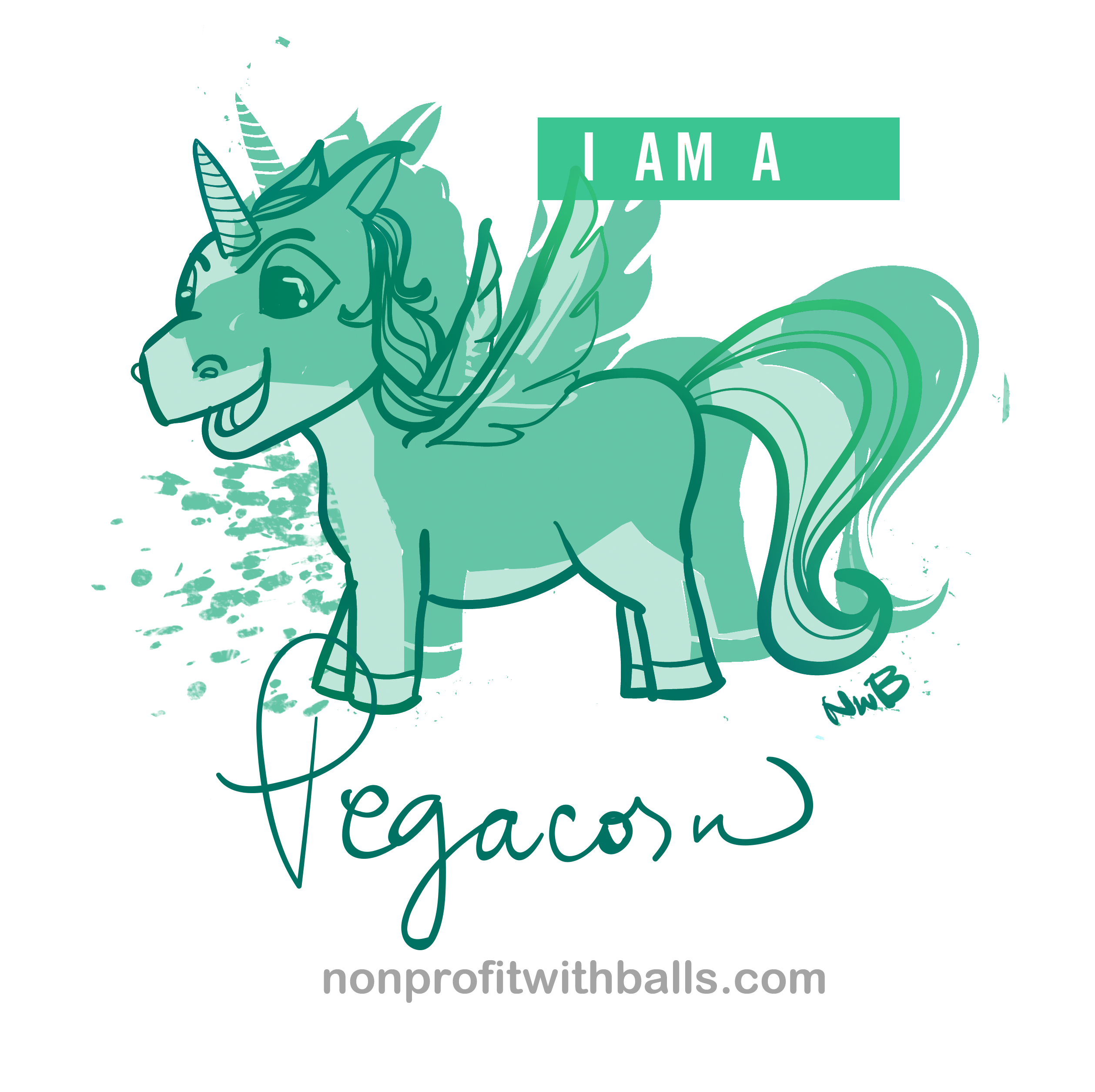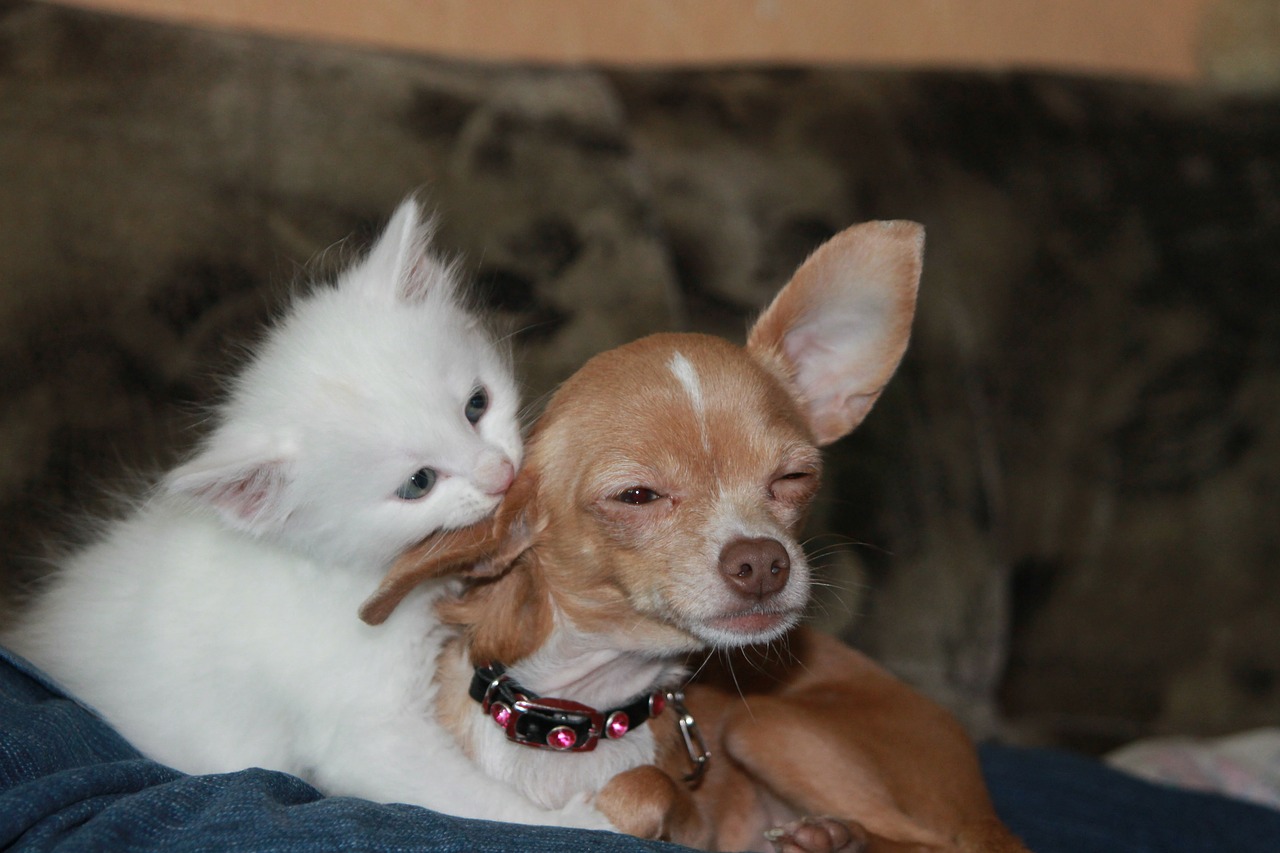 Happy Monday, everyone. Due to requests, here is some new NWB merchandise based on the mythical creatures leadership styles I wrote about. Now you can proudly proclaim that you are a Dragon, Phoenix, Pegacorn, or Griffin. I changed unicorn to Pegacorn to distinguish from the general nonprofit unicorn, and Lion-Turtle to Griffin because I didn’t want Nickelodeon to sue me. Thanks to the ever-brilliant Stacy, who designs this website, for creating these mugs and t-shirts.
Happy Monday, everyone. Due to requests, here is some new NWB merchandise based on the mythical creatures leadership styles I wrote about. Now you can proudly proclaim that you are a Dragon, Phoenix, Pegacorn, or Griffin. I changed unicorn to Pegacorn to distinguish from the general nonprofit unicorn, and Lion-Turtle to Griffin because I didn’t want Nickelodeon to sue me. Thanks to the ever-brilliant Stacy, who designs this website, for creating these mugs and t-shirts.
Just to recap, Dragons are decisive and action-oriented and would rather run into traffic than talk about their feelings. Phoenixes have lots of energy and vision and are great communicators, but they’re easily distracted. Pegacorns bring harmony and consensus and are great listeners but are often indecisive. And Griffins ground everyone in processes and data and are great analyzers but can be too perfectionistic and slow to action. Continue reading “Leadership styles, part 2: Have you flipped your iceberg lately?”




